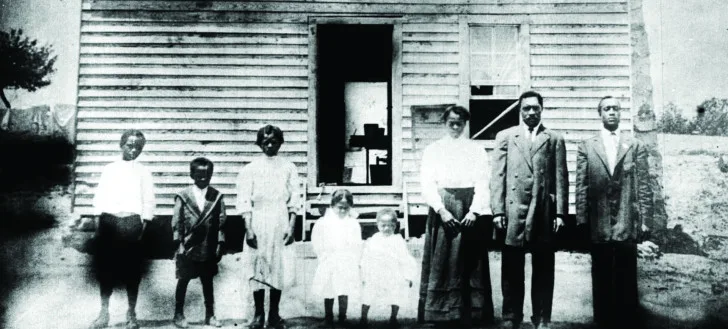Tuesday, November 07, 2023
For more than 1-in-3 children who grow up in poverty, the American Dream stays out of reach. Held back by a daunting combination of disadvantages faced by people who grow up in low-income households, they remain poor in adulthood.
GET THE LATEST BREAKING NEWS HERE — SIGN UP FOR GOLOCAL FREE DAILY EBLAST
This widespread intergenerational poverty is the subject of a comprehensive new study conducted by the National Academies of Sciences, Engineering and Medicine. The study examines its major causes and offers a menu of evidence-based solutions, which if implemented, could make a major dent in this problem, enabling millions of our fellow Americans to fulfill their potential, improving their quality of life, as well as enriching the nation as a whole.
The study defines intergenerational poverty “as a situation in which individuals who grew up in families with incomes below the poverty line are themselves poor as adults.” Native Americans and African Americans have markedly higher rates of intergenerational poverty than other racial groups. This is a significant problem, however, among all racial and ethnic groups. Whites, for instance, in raw numbers comprise 4-out-of-10 Americans “with low household incomes in both childhood and adulthood,” reported Greg J Duncan and Harry Holtzer, two of the study’s main authors, in a Brookings Institution article on the study’s main findings.
Not surprisingly, two of the main drivers of intergenerational poverty identified by the study are the absence of good schools and quality health care experienced by too many children in low-income families. The result is stark differences in educational achievement between children who grow up in low-income households and those who grow up in high-income ones—achievement gaps that emerge in the early years and then just grow larger during high school. Similarly, children who are poor in childhood experience more health difficulties than children who grow up in better economic circumstances.
To improve educational performance for low-income children, what has been demonstrated to work are boosting funding for K-12 schools in poor districts and, increasing the diversity of the teacher workforce because “many children learn and attain the most when matched with teachers of a similar ethnic background,” according to the study. Particularly for Black children “reducing the incidence of excessively harsh punishment,” produces better educational outcomes.
Additionally, high-quality occupational and skills training makes a lasting difference, especially for those who don’t end up attending 4-year colleges. “These come in two forms,” wrote the study’s authors: “a) high-quality career and technical education (CTE), beginning in high school (e.g., Career Academies, technical high schools or pathway programs for grades 9-14, like P-TECH); and b) sectoral training, which equips low-income youth or adults with the skills they need for high-paying jobs in high-demand industries (e.g., Per Scholas, Year Up, and Project Quest).”
In healthcare, there is strong evidence that the expansion of Medicaid has positively impacted the health of young people covered by the program. As a result, the study’s authors recommend further expanding it so that it continuously covers all poor parents and children. Along the same lines, they point to the advisability of “expanding the Supplemental Nutrition Assistance Program (SNAP)”, better known as food stamps, so that all children can have nutritious meals. These two recommendations would both require large federal outlays.
The level of poverty that persists within families over generations demonstrates the distance we still have to travel to provide all Americans with true equality of opportunity. Taken together, the recommendations in this new study, of which I have provided a few examples, provide a road map to giving all of our children a full opportunity to realize America’s promise.

Rob Horowitz is a strategic and communications consultant who provides general consulting, public relations, direct mail services and polling for national and state issue organizations, various non-profits, businesses, and elected officials and candidates. He is an Adjunct Professor of Political Science at the University of Rhode Island.


